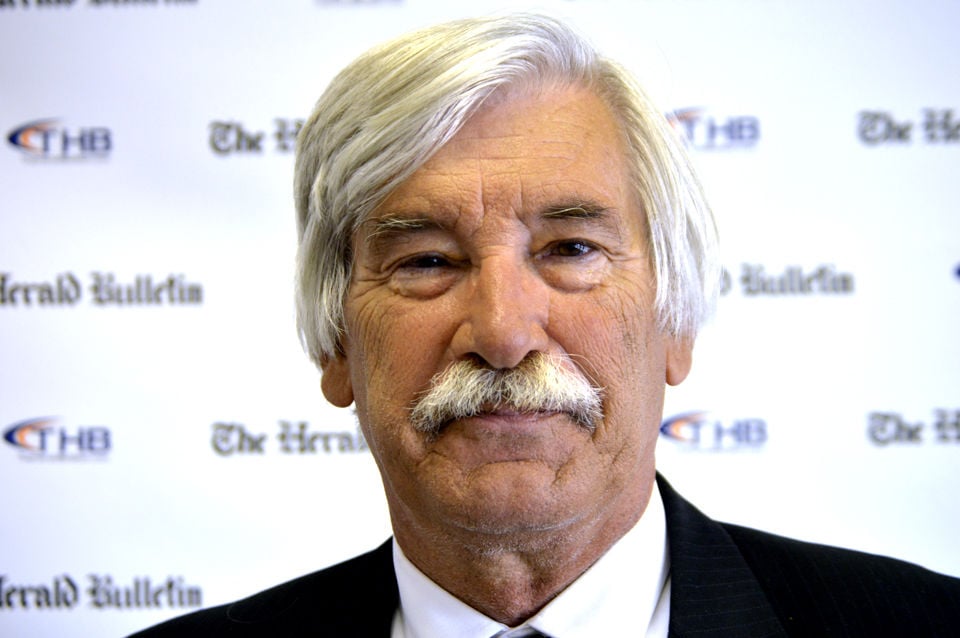Federal Reserve Bank of Boston President Susan Collins reiterated her stance this week, emphasizing that rising job market risks necessitate further interest rate cuts. Meanwhile, Fed Chair Jerome Powell has signaled that the era of quantitative tightening could be coming to a close, reflecting broader uncertainty in the current economic climate.
Fed’s Collins still favors additional rate cuts to aid job market
Key Takeaways:
- Susan Collins supports further central bank interest rate cuts.
- Rising job market risks drive the push for monetary easing.
- Jerome Powell suggests quantitative tightening may end soon.
- The Federal Reserve faces an uncertain economic environment.
Collins’s Call for Additional Rate Cuts
Federal Reserve Bank of Boston President Susan Collins reiterated on Tuesday that the central bank should consider more interest rate cuts to nurture a job market under growing strain. Collins, referencing new concerns about employment levels, underscored the importance of proactive measures in a still “uncertain” environment.
Rising Risks to Employment
In her remarks, Collins pointed to “rising risks to the job market” as the key motivator for continuing monetary easing. While she did not provide specific numbers, her stance highlights the Federal Reserve’s focus on preserving employment stability, particularly if future economic shocks emerge.
Powell’s Parallel Statement
Adding further intrigue to the Fed’s policy direction, Federal Reserve Chair Jerome Powell indicated “quantitative tightening may end in coming months.” This shift would mark a notable departure from earlier measures intended to reduce the central bank’s balance sheet. Powell’s comments, first reported by Michael S. Derby of Reuters, underscore a broader shift toward measures aimed at stimulating the economy.
An Uncertain Path Ahead
The combination of Collins’s advocacy for interest rate cuts and Powell’s signals about winding down quantitative tightening reflects the Federal Reserve’s cautious approach in an unpredictable economic landscape. Amid this uncertainty, policymakers continue to weigh the pace and depth of interventions needed to maintain job market stability and overall economic health.











